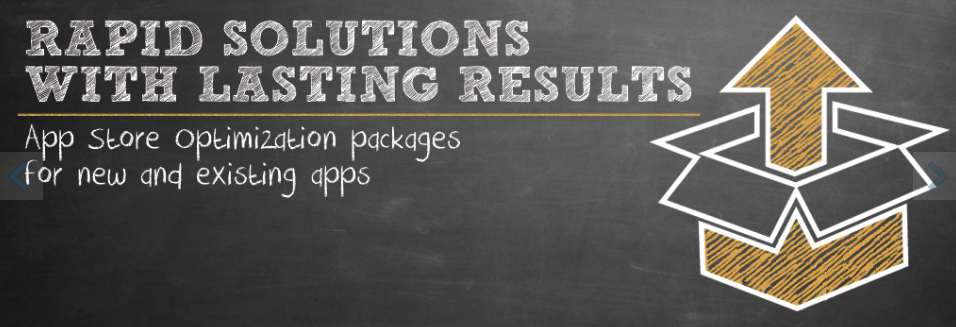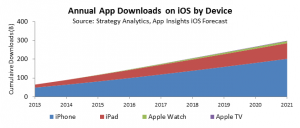
Justin Sullivan / Getty Images
Announcing Apple’s first foray into advertising back in 2010, company co-founder Steve Jobs promised a new vision of mobile advertising. The current one “really sucks,” Jobs said. iAds would be better, serving up slick interactive ads inside iPhone and iPad apps without users having to leave the app they were currently using. And iAds did exactly that, but their high cost and Apple’s early control-freak stewardship of their development hamstrung their broad adoption. They never really took off, leading CEO Tim Cook to concede in the fall of 2014 that iAd was a “very small” part of Apple’s business.
Now, six years after launching iAd, Apple is stepping back from it. Multiple sources familiar with the company’s plans tell BuzzFeed News that Apple is getting out of the advertising-sales business and shifting to a more automated platform.
While iAd itself isn’t going anywhere, Apple’s direct involvement in the selling and creation of iAd units is ending. “It’s just not something we’re good at,” one source told BuzzFeed News. And so Apple is leaving the creation, selling, and management of iAds to the folks who do it best: the publishers.
Apple is phasing out its iAd sales force entirely and updating the iAds platform so that publishers can sell through it directly. And publishers who do so will keep 100% of the revenue they generate. It’s not clear what this means for Rubicon Project, MediaMath, and the other ad tech companies that had been overseeing programmatic, or automated, demand-side ad buying on the platform, but it doesn’t look good. Since everything can be done directly through the updated iAd platform, it’s likely that most of it will. “The big publishing groups will just fold programmatic buys into the stuff they’re selling across all their properties,” one source explained. iAd sales team members will be offered buyouts and released into the wild. The move is coming soon, perhaps as early as this week.

eMarketer
Advertising industry sources familiar with Apple’s new self-serve plan for iAds seem intrigued by it. “I think this is going to be great for publishers,” said one. “It gives them direct dialogue with their customers as opposed to forcing them to go through an Apple middleman. Access will be more plentiful and easier to manage — theoretically.”
While early buzz around the iAd platform suggested it was destined for success and would someday be worth far more than the $275 million Apple spent on Quattro Wireless, the mobile advertising outfit on which it is based, that didn’t even come close to panning out — marketers were put off initially by Apple’s hard-charging sales tactics and strong opinions about the creative process, and later by the company’s tight control over marketing data. In 2014, one ad exec told Ad Age that Apple’s refusal to share data “makes it the best-looking girl at the party, forced to wear a bag over her head.” In 2015, iAd’s share of mobile display advertising revenue was just 5.1%, according to data compiled by EMarketer; meanwhile Facebook claimed 37.9% and Google 9.5%.
For Apple, which has struggled to establish iAd as a marquee platform for mobile advertising, the decision to dismantle the iAds salesforce and adopt a new publisher-driven platform is a tacit acknowledgement that the company grievously underestimated how tough the new business would be. “This has been a long time coming,” a source familiar with Apple’s plans for iAd explained. “Honestly, I’m surprised it didn’t happen sooner — it should have.”










